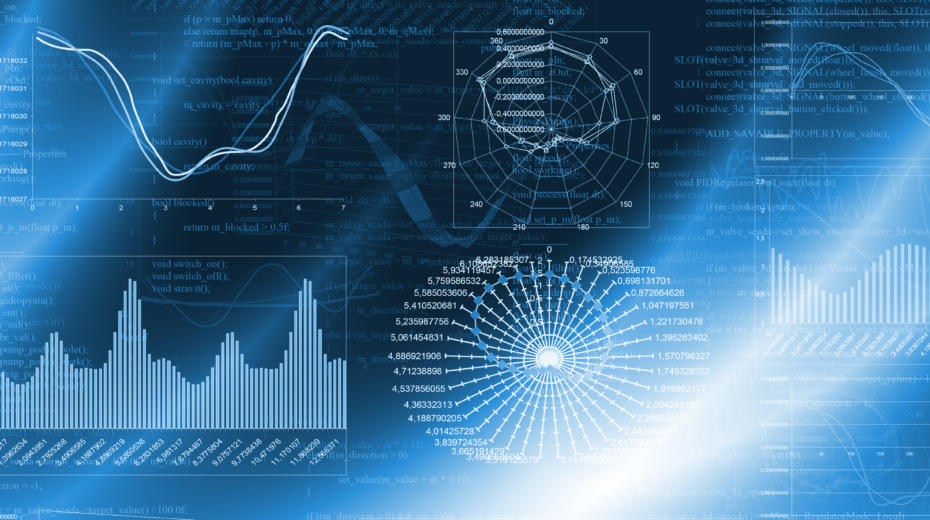
Tableau joins effort to fight pandemic with data
The Covid-19 pandemic has impacted nearly every aspect of life around the globe, and data analytics vendors are mobilising to help individuals, scientists, governments, and businesses understand the shape and scope of the crisis. As its response, Tableau Software has created the Covid-19 Data Hub.
The Data Hub is a resource for accessing and analysing the latest data on the novel coronavirus from vetted data sources, including Johns Hopkins University, the Centers for Disease Control and Prevention (CDC), and the World Health Organization (WHO). The hub offers dashboards created by Tableau and other organisations, as well as resources for creating your own visualisations from the data.
The effort is aimed at helping organisations better understand the potential effects of the virus on their operations, from mapping the outbreak against employee location data to help determine work from home (WFH) policies, to tracking inventories of clinical supplies.
“It evolved organically out of some of the things we were doing for ourselves,” says Steve Schwartz, head of public affairs at Tableau. “We were following the continued spread of the disease, first in Wuhan in China and then as it started to become clearer that it was moving globally. Then eventually it popped up right in our own backyard in Seattle.”
Tableau initially sought to contextualise its own situation through case reporting data, Schwartz says: “It started organically there, and some of the challenges we had working with the data set from Johns Hopkins quickly turned into us working with some of our community leaders, Zen Masters, to create first a stream of normalised, reshaped data, and then a jump start dashboard for ourselves to do our analysis, and then starting to make that stuff available to the public.”
When the Covid-19 Data Hub first launched, the Johns Hopkins data required a lot of manual data transformation. Schwartz says customers were telling Tableau they were spending hours a day reworking the data to perform their own analysis. For instance, data sources might refer to the Vatican by that name or as the Holy See. When the data sources start getting into sub-regional jurisdictions around the world, things got even more complicated, with many places having different names depending on the source.
So, the Data Hub evolved as a ready-to-use data stream of cleaned and formatted data, pre-loaded into a starter dashboard to make it easier for people to connect and blend their own organisation’s data with the Johns Hopkins data.
Data-driven decisions
“We’re thinking about everything from huge global multinationals to small businesses that are trying to make sense of what this means,” Schwartz says. “You’ve got employees, you have your customers, their supply chains. Every business function, every organisational function is going to have a dimension of it that is going to be touched by this situation.”
In addition to WFH policies, Schwartz says organisations are using the data to explore their supply chains and how the pandemic affects them. Medical supplies are an easy example.
“You don’t have to look too much further past the healthcare industry itself to discover the cotton swabs are being made in Italy and the diagnostics are being made in Switzerland and we’re trying to move all of this really core, essential material all over the world in these just-in-time supply chains.”
The data is helping organisations understand which parts of those supply chains are hardest hit by the disease and may not be able to deliver in a just-in-time scenario.
Government programs and financial services organisations are also making use of the data as they seek to understand the impact of shelter-in-place policies and to understand where individual support programs, small business loan programs, and the like are most needed.
“I just heard from a couple of the laboratory pharmaceutical companies that they were using a lot of this data to help inform where to distribute testing kits,” Schwartz says. “They’re using this core data to figure out where to distribute nationally and globally.”
More vendors pitching in
There are currently thousands of visualisations published through the Data Hub, ranging from public health and case tracking (globally and broken down by nation and region), visualisations of emergency food resources, keywords used in news media coverage, US retail closures, economic recovery signals, and more.
Tableau is not the only data and analytics company providing resources to individuals and organisations grappling with the pandemic. A few examples include:
- Microsoft’s Power BI team has created a tracking sample to help US state and local governments publish or customise interactive reports about the disease.
- Microsoft has also refocused its AI for Health initiative and dedicated $20 million to support the use of AI in combating Covid-19.
- Amazon’s AWS has created a free public data lake for analysis of Covid-19 data.
- Google Cloud has teamed with HCA Healthcare to provide a Covid-19 National Response Portal intended to help healthcare providers share and display anonymous, aggregated metrics.
- Apple and Google have partnered to enable contact tracing technology in their phone operating systems.
- Qlik, along with Snowflake and DataRobot, have created an analytics platform that provides real-time analytics for predicting patient readmittance to help healthcare organisations plan for Covid-19 surge capacity.
- Qlik has also created a Covid-19 Qlik Community to share data dashboards and connect Qlik customers to others trying to make a difference during the health crisis.
- Domo has created a free, interactive global Covid-19 tracker that updates every 10 minutes with aggregated data from multiple sources.
IDG News Service





Subscribers 0
Fans 0
Followers 0
Followers